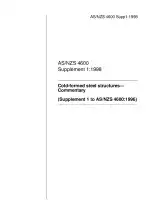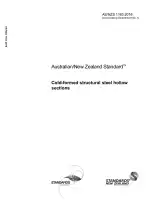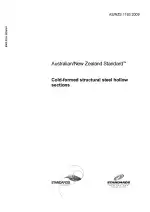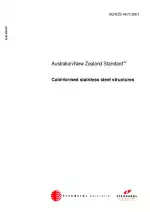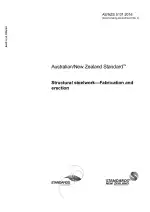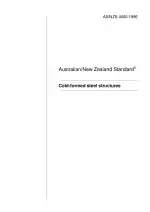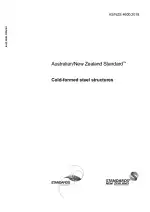Cold-formed steel structures - Commentary
Also Known As:
AS/NZS 4600 Supp 1:1998 provides important information and guidelines for the design and construction of cold-formed steel structural members. It highlights the key differences between cold-formed sections and hot-rolled steel shapes, including the absence of residual stresses, lack of corner fillets, increased yield strength with decreased proportional limit and ductility, presence of cold-reducing stresses, prevalence of elements susceptible to local buckling in compression, rounded corners, and different types of stress-strain curves.
The standard is specifically focused on the design of steel structural members cold-formed from carbon or low-alloy sheet, strip, plate, or bar. It emphasizes the use of the limit states design method and applies to cold-formed sections that are not more than 25 mm in thickness. Research conducted at the University of Missouri-Rolla has confirmed the applicability of the standard's provisions for such cases.
AS/NZS 4600 Supp 1:1998 primarily addresses static loading conditions in buildings, as most of the design provisions have been developed based on experimental work subject to static loading. For structures other than buildings, proper consideration should be given to dynamic effects. It's important to note that the standard does not cover the design of structures subjected to fire or fatigue, as there was insufficient data available on these phenomena during its preparation.
| Edition | 1 |
| Language(s) | English |
| ISBN | 0733722377 |
| File Size | 1.2 MB |

